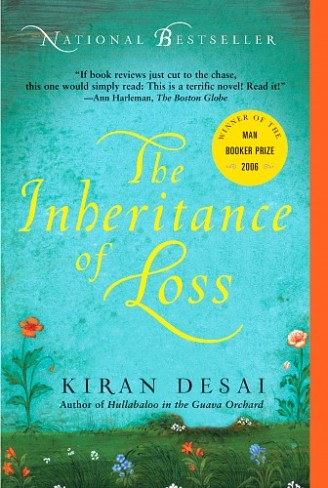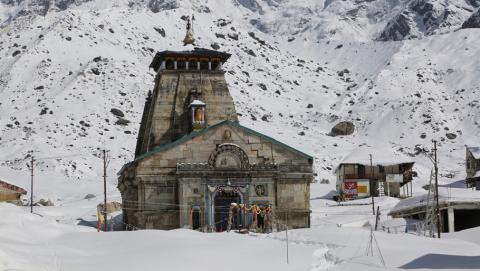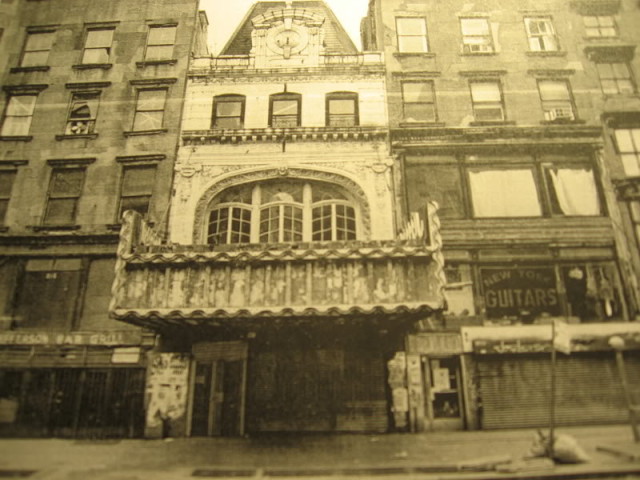
The Inheritance of Loss, by Kiran Desai, is a novel of self-actualization and realisation of one’s true identity in the times of turmoil. As the name suggests, this novel asks the most basic question to whole of the mankind, who are we, where do we belong to and how should we behave? Should we behave in a particular manner if we belong to a certain section of the society? Who are we supposed to be and what happens when we refuse to accept the norms of the society in which we live? This novel answers all these questions brilliantly. This is not just a story of oppression and revolution but also realising one’s individuality in the whole process of this revolt.

Set in the 1980s and equally spanning between Kalimpong and the New York City, this book is basically the story of all the INDIANS; our dilemmas, our decisions and the consequences we have to face for such decisions in the society in which we live. These are beautifully highlighted in this novel. This novel weaves the coherent tale of all the Indians across the globe, interlinked with each other in terms of thought. The book shows the beauty as well the contradictions of our country in their purest forms.
Even though it has been around 65 years since we got independence from the British, their effect is felt even today,which the author stunningly reveals in this book with the help of the diversified characters.

One such character is of the old and egotistical judge, Jemubhai Patel. He is an anglophile and has lived all his life in the English way. He is disgusted by the Indian culture and its traditions. He even eats his chapattis with the help of a knife and a fork. He symbolises the lost inheritance.
Another character is the one of Sai, who symbolises the modern thinking of the Indian youth. Hers is basically the role of showing the world that every problem in the world can be solved with the help of love. Sai is the granddaughter of Jemubhai (from his disowned daughter) and tries to bring hope in his life with her vivaciousness. Sai is from that half of population who live in prosperity and happiness.
But the other half of the population which delves in sadness and misery is depicted by the other protagonist of the novel, Biju (son of Jemubhai’s cook). Biju symbolises learning of one’s true identity. He is just the exact opposite of Sai, in terms of both thinking and upbringing. He is still learning to live in a cosmopolitan world of the New York City, where he “hopscotches from one gritty restaurant to another in search of a green card”.

While Jemubhai symbolises the lost inheritance, Biju symbolises the found one. The author continuously compares the actions and decisions of Biju in the USA, with those of Jemubhai in England, where he went in his youth for higher education. On top of that, Sai signifies the greater portion of the urban Indian youth who are still trying to find out their true identity. Their stories are so wonderfully woven into a single strand, such that at one moment we feel sad for the injustices which Jemubhai faces in his youth in England and at the very next we laugh on Biju’s Hindi songs which he sings for his foreign friends; at one time we feel blissful for Sai and her lover, at the other we feel infuriated on the widespread slaughter by the Nepali insurgents.

Why should You Read It
The Inheritance of Loss takes you to a journey of the big mountains of the Kalimpong during the times of the Gorkhaland movement while simultaneously through the streets of New York City in the mid-80s and England of the 30s. The major theme that runs through the novel is colonialism and post-colonial period, against the historical backdrop of the Gorkhaland movement. Covering everything from the Indian babus to the BBC, the book deals with the loss of identity and the way it travels through generations with a sense of loss, into a time period where people show snobbery, against those who have embodied the Indian culture. And the ones that have not, are seen as firangs in their own nation.
We got independence from the British through years of immense struggle and difficulty but still they are very much present in our society. Present in our way of thinking and our way of living. While modernisation has been blissful against the poor condition of our nation, westernisation, on the other hand, is driving our society to the verge of a breakdown. The gap between India and Bharat is now widening exponentially due to our America obsessed youth on the one hand and our elders preoccupied with their old customs. Both the sides of India are beautifully balanced in this masterpiece.
Fun Fact about the Book
This Man Booker Prize 2006 winning novel is the second novel of the writer, Kiran Desai. She is the daughter the great writer, Anita Desai, who herself had been shortlisted for the prize three times but never won it. The author dedicates this book to her mother. “To my mother with so much love”.

By- Utkarsh Panwar































